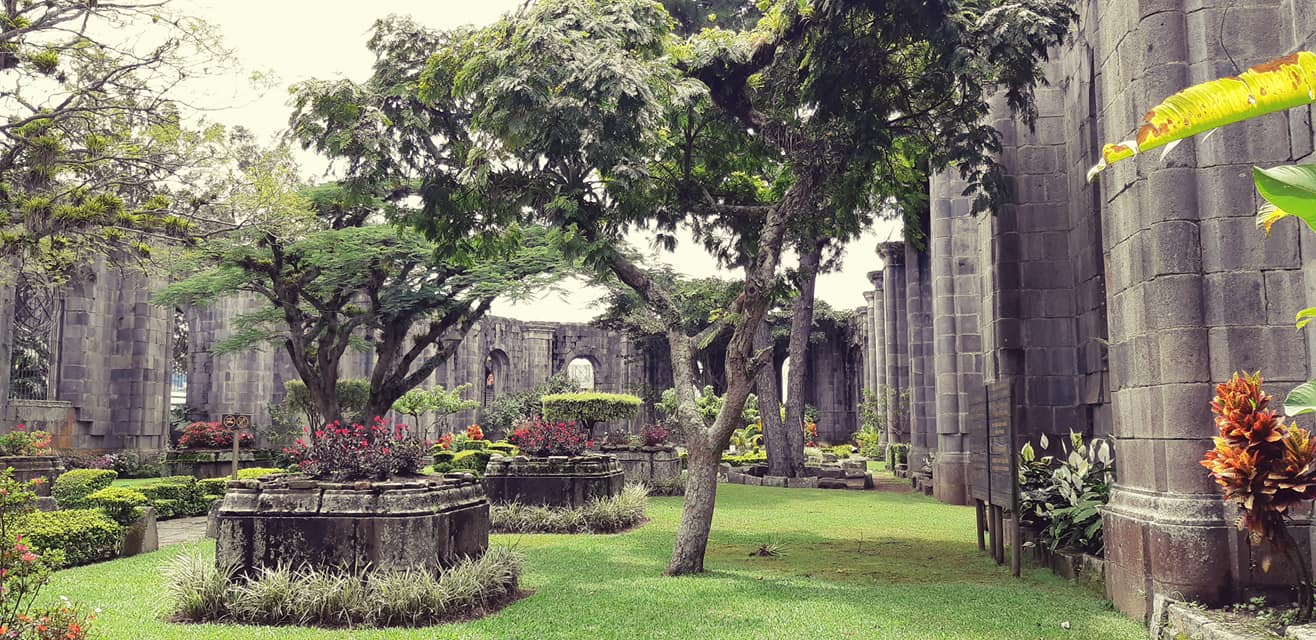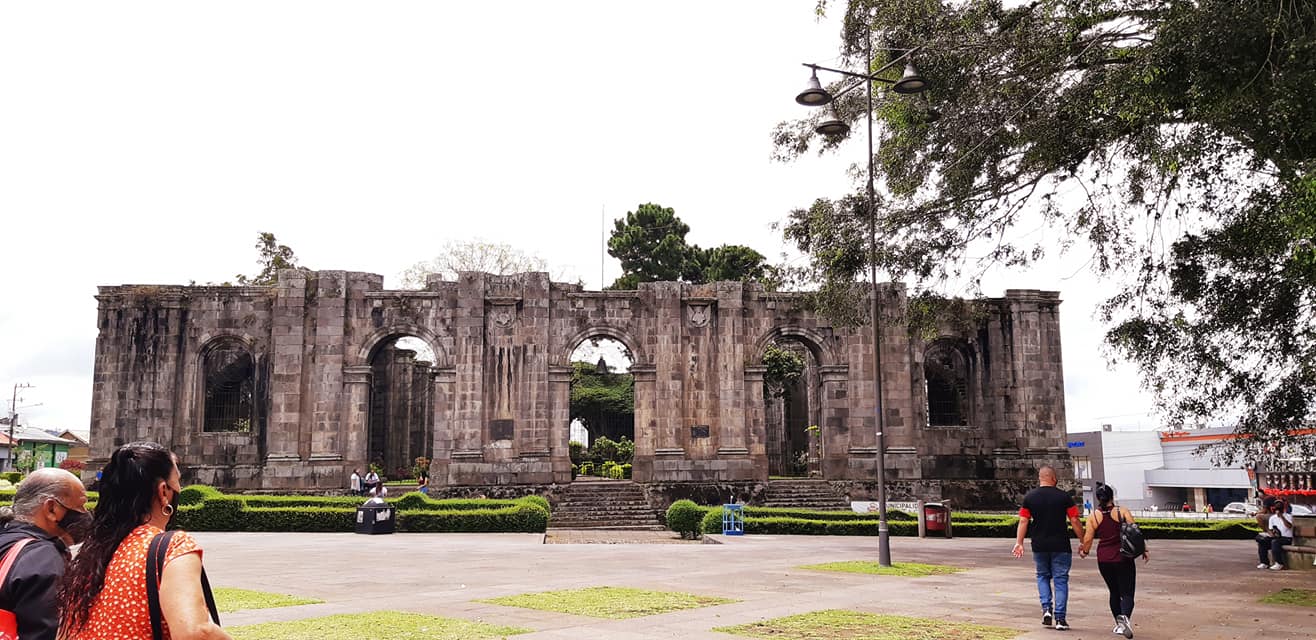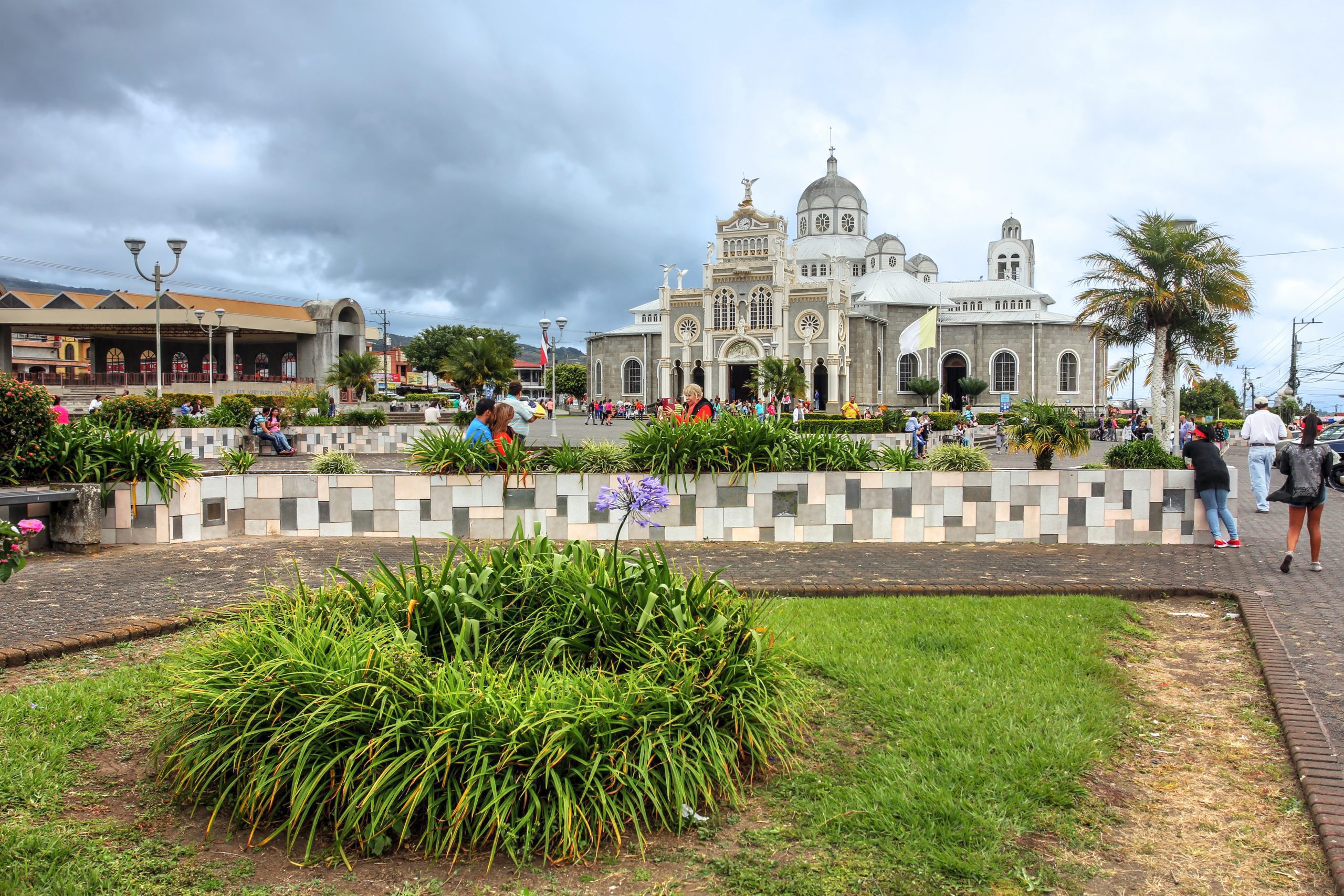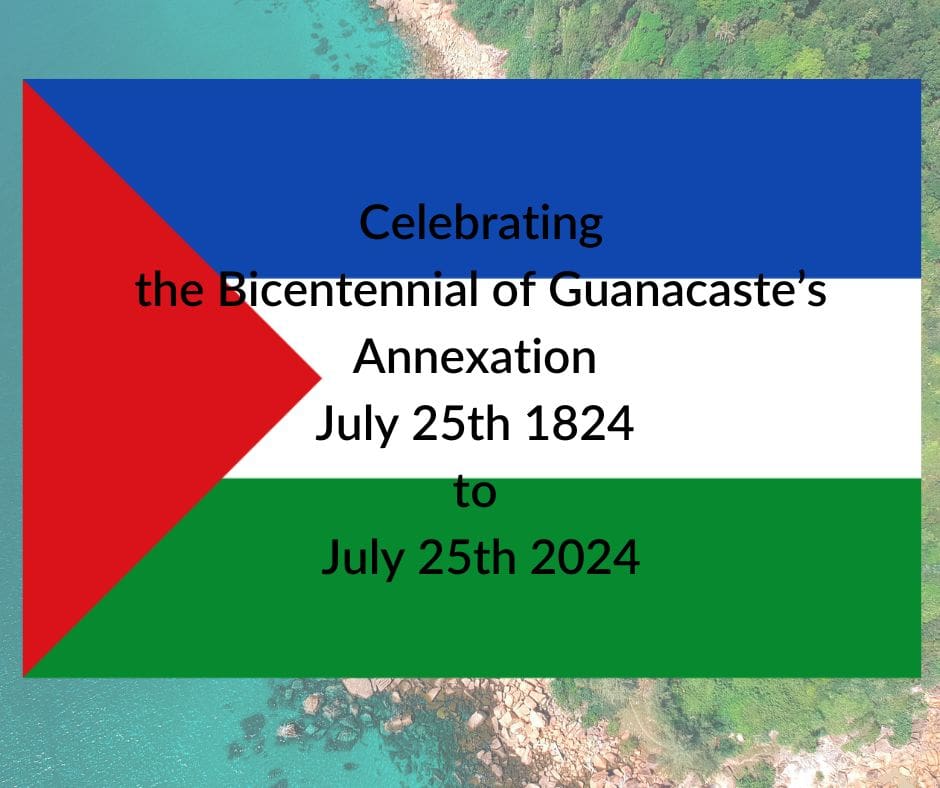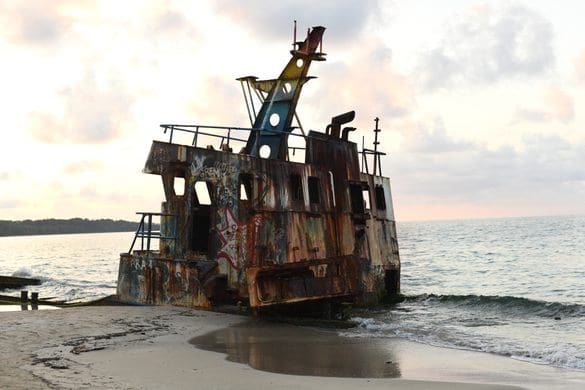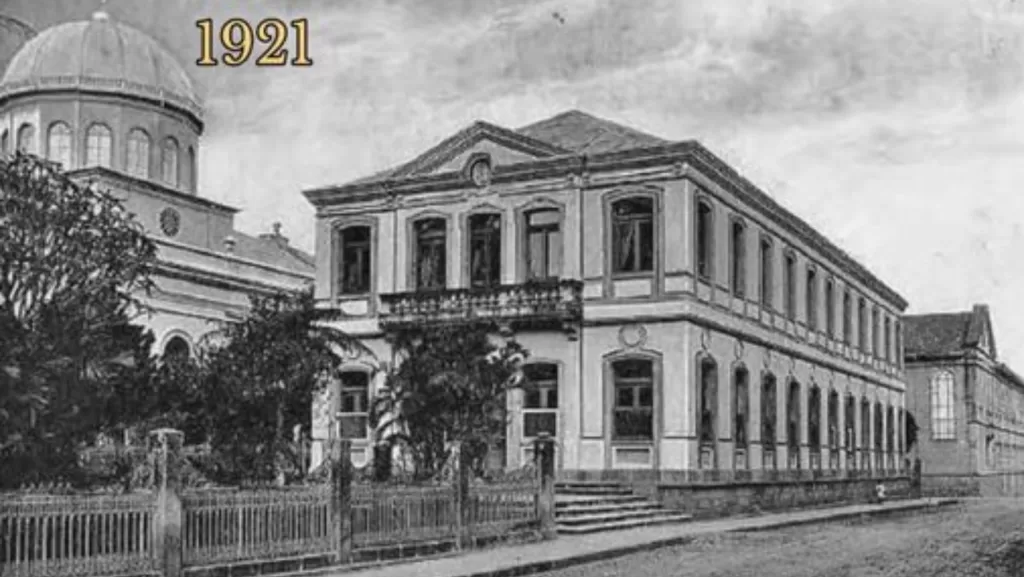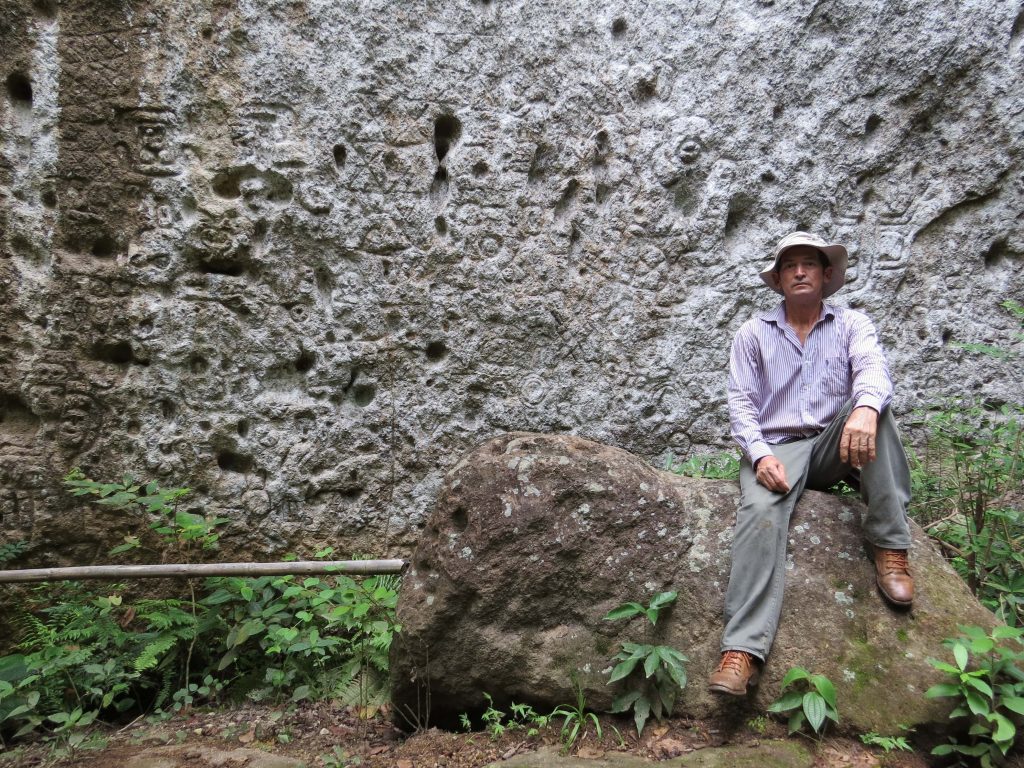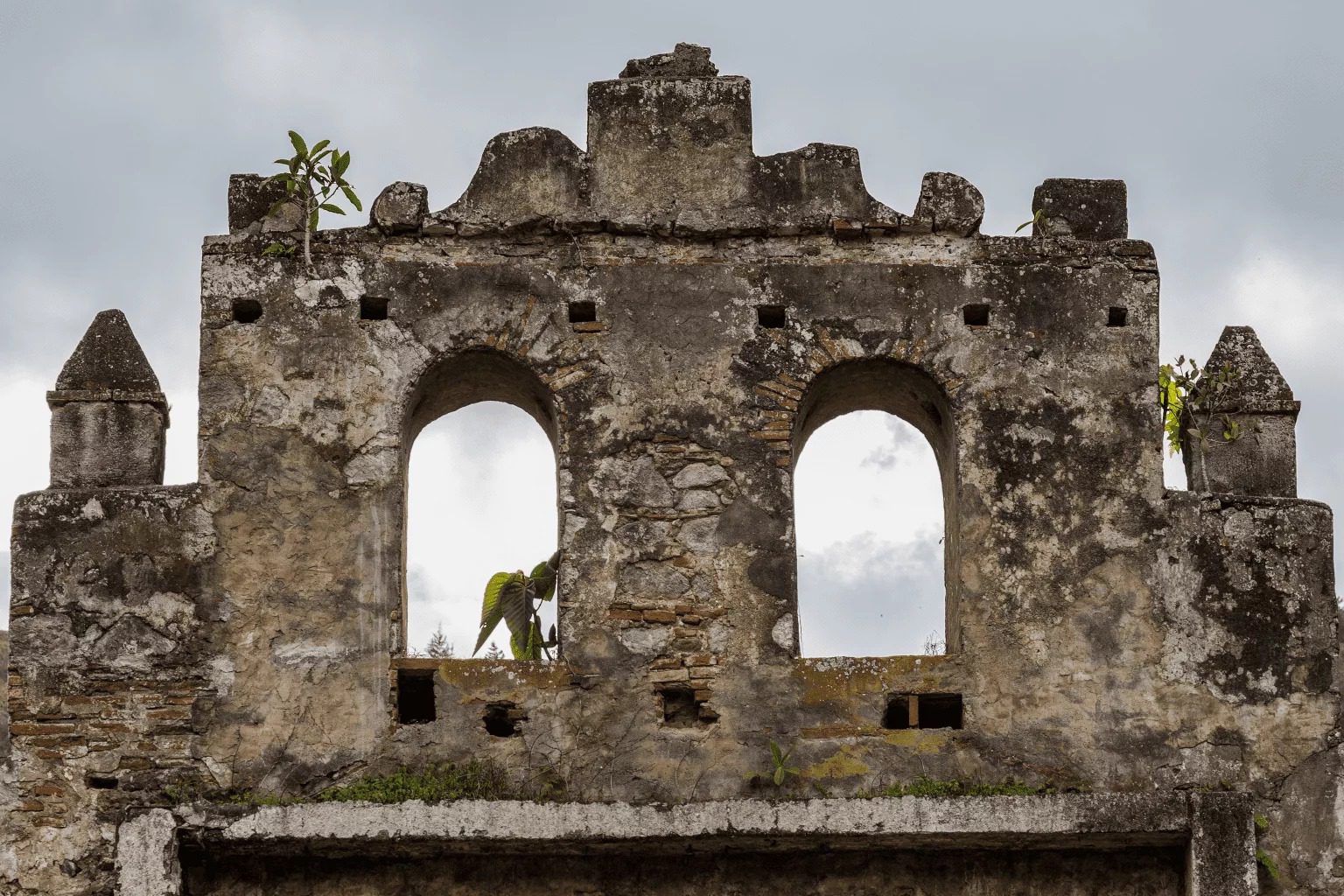
Mystery of the Ruins of Cartago
Let’s explore a remarkable tale that hails from the beautiful country of Costa Rica! The Cartago Ruins, officially known as the Ruins of the Parish of Santiago Apostol, are a beguiling story woven with history, culture, and a sprinkle of the mystical situated in Cartago, a city nestled in the bounteous landscapes of Costa Rica. These ruins echo with stories from a time long ago, and stand as a testimony to both human endeavor and the forces of nature.
So, let’s take a walk down the annals of history to understand why these magnificent structures stand as ruins today.
Picture this: back in the 16th century, Cartago was founded as a humble yet promising settlement. The city flourished, cradling the Parish of Santiago Apostol, a grand church that was to be the centerpiece of the town. This edifice was envisioned to be the spiritual haven for the burgeoning community, a place where hope bloomed and dreams blossomed.
But, as the saying goes, life often has plans of its own. A series of catastrophes, including earthquakes, rattled the foundations of the church time and again. Despite the indomitable spirit of the local populace, who rallied to rebuild it each time, nature’s tumultuous temperament proved to be an adversary too powerful. In the mid-18th century, after several cycles of construction and destruction, the community made the heart-wrenching decision to abandon the project.
Now, the ruins whisper the tales of those yesteryears, with walls that have witnessed lifetimes of stories, from the joyful peal of wedding bells to somber prayer vigils, housing an orchestra of life’s highs and lows.
As you meander through what remains, you will witness arches that curve gracefully towards the heavens, standing tall despite bearing the brunt of natural calamities. The artistry and craftsmanship of the masons of yore are evident in the finely carved stones that beckon you with an almost enigmatic allure. The grounds, now embraced by a vibrant carpet of green, offer a delightful contrast to the stoic gray of the ruins, portraying a harmonious blend of human artistry and the tender caresses of nature over time.
A curious highlight is an ancient ficus tree, whose roots intertwine with the structure in a fascinating embrace, almost as if nature is cradling the remnants of human endeavor in a loving hug, bridging the gap between the past and the present, between man and nature.
Today, the Cartago Ruins not only narrate tales of resilience and undying spirit but also offer a tranquil haven, a verdant garden that invites you to sit down with a book, engage in thoughtful reflection, or simply bask in the quietude, a gentle reminder of the harmonious dance between man and nature.
Isn’t it remarkable to have such a vivid witness to history standing tall, telling stories of a time gone by? The Cartago Ruins is not just a spot to revisit history; it is a place where you can feel the pulsations of many heartbeats that echo with hopes, dreams and the indomitable spirit of the human race. It’s a place where every stone has a story to tell, a secret to whisper to those willing to listen. It’s truly a poetic juxtaposition of ruin and resurgence, a symbol of persistence against all odds. So, when you find yourself wandering through those historic arcs, remember you are walking through pages of a living, breathing book of stories, a silent witness to the dance of time, holding within it both the dreams of the past and the hopes for the future.

